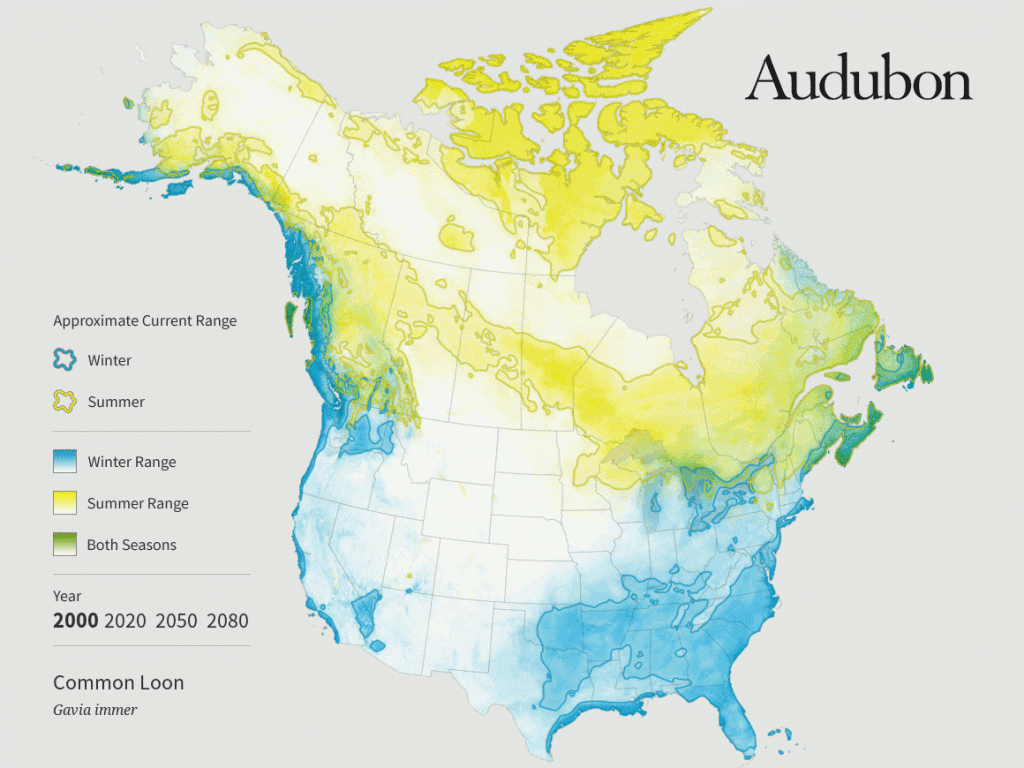I receive emails on a regular basis from readers of my blog or visitors to my website, asking questions, usually, or telling me about some interesting observation they made. A significant number of these have to do with the unusual presence or absence of birds. One recent comment was from a Canadian who observed American Goldfinches recently and said he had never seen them in the winter in his area before. Another Canadian said the same thing about Golden-crowned Sparrows.
I don’t keep detailed records, but over the 30 years I have lived in my house, I’ve watched my bird feeders a lot. In the winter I’d get lots of Juncos, White-crowned Sparrows, and Golden-crowned Sparrows. Thirty years ago, about 10% of the sparrows were Golden-crowned and 90% White-crowned. The Golden-crowned wintered farther south then. About 10 years ago or so, the proportion of Golden-crowned to White-crowned sparrows at my bird feeder was about half and half. Today, Golden-crowns are rare and Juncos are absent. House Finches used to visit the feeders and nest in various places around my house, once even in my bike helmet hanging in the garage! Every winter I saw numerous Evening Grosbeaks and Cedar Waxwings almost every day I went out. Today, both are rare.

When are significant efforts going to be made by world powers to solve this crisis?
What’s happening? An Audubon Society study to be released ten years ago found that more than half of 305 bird species in North America – a hodgepodge that includes robins, gulls, chickadees and owls – are spending the winter about 35 miles farther north than they did 40 years ago. The purple finch moved the furthest. It winters at the latitude of Milwaukee, Wis., instead of Springfield, Mo.
It’s hard to tell exactly why birds show up or disappear in contrast to what they did in previous years. Could be changes in the vegetation, a new cat or dog nearby, new construction, or other bird feeders that are more appealing, but the most likely culprit is climate change. The average January temperature in the U.S. has climbed 5 degrees F in the last 40 years. In that time, the ranges of North American birds, on average, have moved 35 miles northward. This is based on data from Audubon’s Annual Christmas Count.
The range of the Sandhill Crane has expanded 40 miles north in the past 40 years. Its population has increased so much in Tennessee that the state now allows hunting of the species. (Why anyone would want to shoot cranes is beyond me, but that’s a discussion for another time.)
In general, it seems, most birds moving northward are generalists – birds that can eat a variety of foods and are flexible in their habitat needs. So some specialists like Red-cockaded Woodpeckers, tied to longleaf pine forests, will stay put.
I’ve discussed the effects of climate change before. I’ve been concerned about it ever since I wrote my ecology textbook in 1982 in which I discussed what was then called the “greenhouse effect.” But the facts go way back. According to Wikipedia, “In the late 19th century, scientists first argued that human emissions of greenhouse gases could change the climate. Many other theories of climate change were advanced, involving forces from volcanism to solar variation. Thomas Edison, pioneer of electrical technologies, voiced concern for climate change and support for renewable energy in the 1930s. In the 1960s, the warming effect of carbon dioxide gas became increasingly convincing.”
Pingback: Quantitative Ornithology – Ornithology